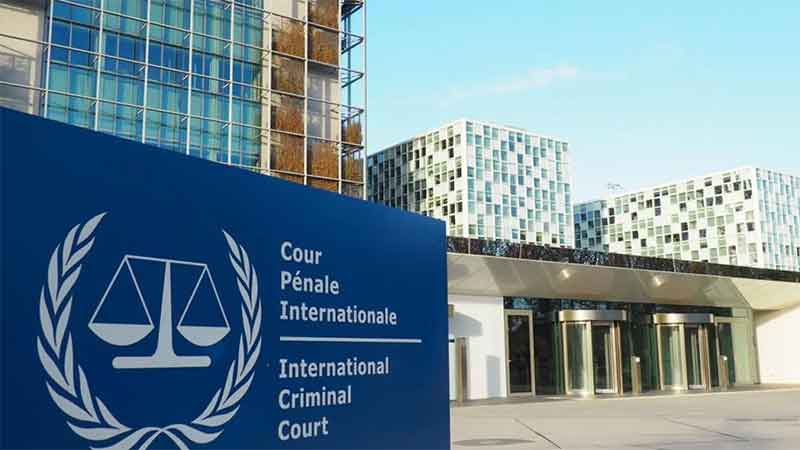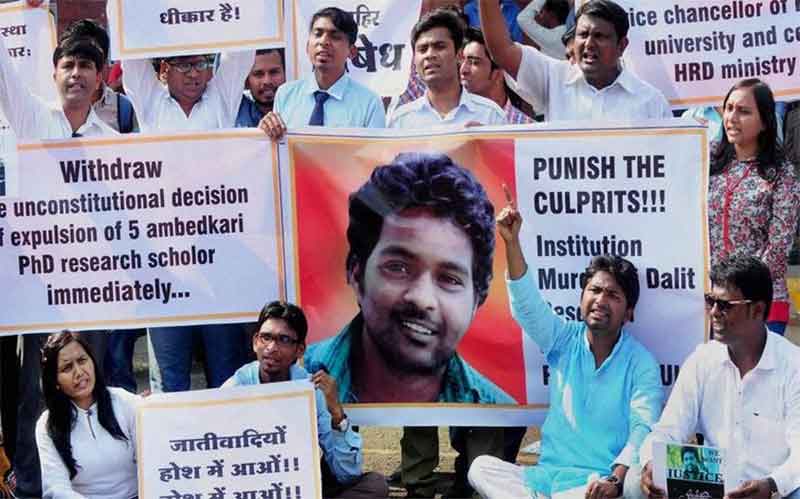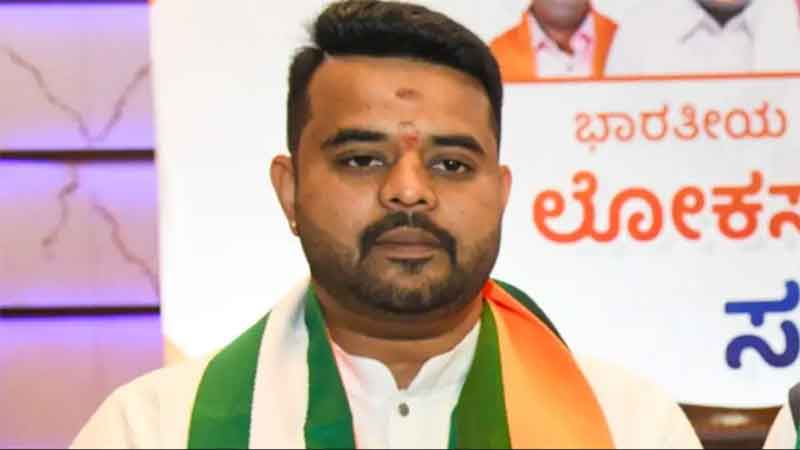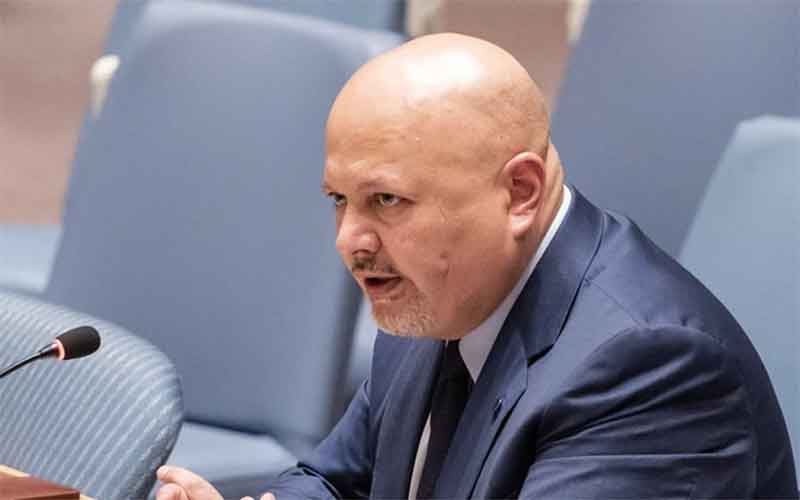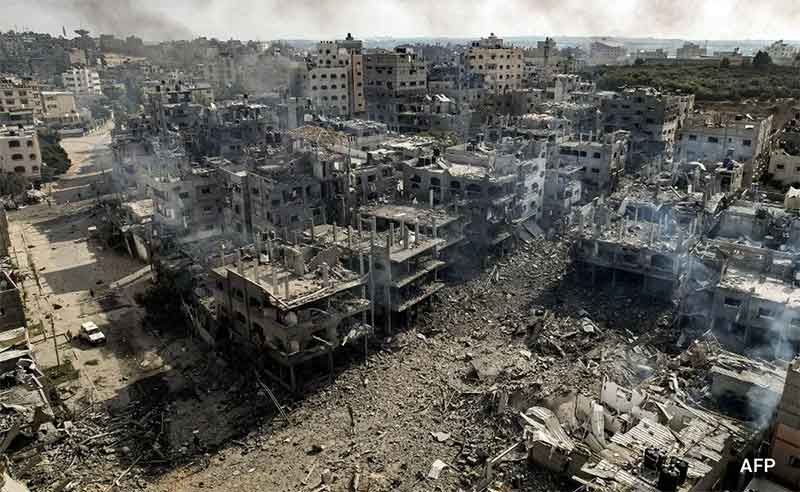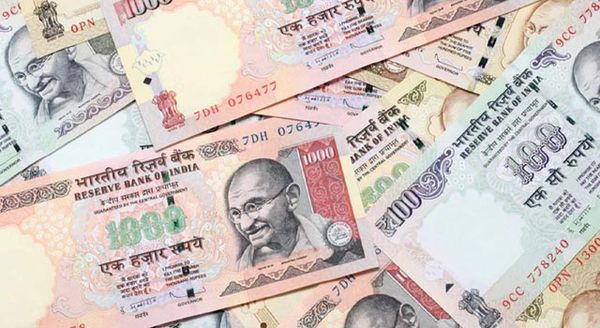
Prologue:Why I wrote this article
On November 8th night when I came to know about the move I skimmed through my Facebook timeline. I was aghast. Even prominent liberals were applauding this anti-people move. When I visited the news sites, even the progressive ones were praising this bold master stroke by Modi. When I received the morning papers I was in for a rude shock. Not a word against this monumental blunder. Some papers even carried articles by ‘experts’ that it will flush out black money, even though it would cause ‘minor inconveniences’ for the people. Some one had to call the bluff. I wrote this article in despair, desperation and anger.
At the stroke of midnight November 8, 2016, Prime Minister of India, Narendra Modi imposed an undeclared economic emergency on India. With a stroke of pen he wiped out Rs 15 lakh crores in cash from the system. What prompted this drastic step? What will be the fall out of the action for Indian economy is a billion dollar question.
First let us hear what are the reasonings of the government. This what PM Modi said in an unprecedented address to the nation at 8 PM last night.
“In the past decades, the spectre of corruption and black money has grown. It has weakened the effort to remove poverty.
There comes a time in the history of a country’s development when a need is felt for a strong and decisive step. For years, this country has felt that corruption, black money and terrorism are festering sores, holding us back in the race towards development.
Terrorism is a frightening threat. So many have lost their lives because of it. But have you ever thought about how these terrorists get their money? Enemies from across the border run their operations using fake currency notes. This has been going on for years. Many times, those using fake five hundred and thousand rupee notes have been caught and many such notes have been seized.
On the one hand is the problem of terrorism; on the other is the challenge posed by corruption and black money.
To break the grip of corruption and black money, we have decided that the five hundred rupee and thousand rupee currency notes presently in use will no longer be legal tender from midnight tonight, that is 8th November 2016.
So, in this fight against corruption, black money, fake notes and terrorism, in this movement for purifying our country, will our people not put up with difficulties for some days? I have full confidence that every citizen will stand up and participate in this ‘mahayagna’.
New notes of five hundred rupees and two thousand rupees, with completely new design will be introduced.”
So, according to the government’s logic the demonitisation is to fight corruption, black money and terrorism. Well and good. They why the re-introduction of new 500 and even a new Rs 2000 note? Will this not be easier for black money hoarders, corrupt officials and terrorists to handle 2000 note? Then why is this surgical strike on economy?
First thing first.
The all important Uttar Pradesh (UP) elections are coming up. Modi came to power promising to bring back black money stashed in overseas banks and deposit into everyone’s bank account 15 lakh rupees each. Two and half years have passed since this promise made. Not a single rupee appeared in anyone’s bank account. He had to show his electorates that he is doing something to tackle black money. No one should ask how can Modi bring back black money hoarded in Swiss banks or elsewhere by demonitisation. One can blissfully forget that big money hoarders don’t stash their cash under their beds but in the safety of overseas banks in Switzerland, Mauritius or Maccau. Who is Modi fooling? The majority of poor Indians who are leading a life with just Rs 32 to spend a day.
And to the argument on corruption, here is a fact:
The Indian Express reported that “twenty-nine state-owned banks wrote off a total of Rs 1.14 lakh crore of bad debts between financial years 2013 and 2015, much more than they had done in the preceding nine years.” RBI refused to give the names of the beneficiaries. We can’t imagine that that the largesse went small loan holders. If it isn’t corruption, what else is?
What about the black money converted into gold and real estate?
Well, the corruption, black money, terrorism argument falls flat on its face. Then what must have been the government’s other motive?
Scrutinising Modi’s speech closely will give some more clues.
He said, from midnight onwards “…..The five hundred and thousand rupee notes hoarded by anti-national and anti-social elements will become just worthless pieces of paper.”
Here he gives it away. “Anti-national and anti-social elements”! All those who hold a 500 Rupee note or 1000 Rupee note is an anti-national! If you follow the argument to its logical conclusion most of Indian citizens have joined the long list of anti-nationals that this government has been making ever since it assumed office in 2014. Modi further says, “ ….in this movement for purifying our country, will our people not put up with difficulties for some days? I have full confidence that every citizen will stand up and participate in this ‘mahayagna’.”
Purify the country? De ja vu! Haven’t you heard this same rhetoric from Europe half a century before? What was the ‘final solution’?
Modi also draws from Aryan mythology and calls his mission a ‘mahayagna’. Nothing surprising to hear from the Prime Minister of a secular nation who calls himself “I’m a Hindu nationalist because I’m a born Hindu”. These subtle insinuations will have a big impact on the coming UP elections, where Modi’s BJP is trying to consolidate Hindu votes against the ‘Muslim threat’. Remember that BJP orchestrated a riot in Muzaffarnagar in Western UP and boasted about it to gain to rich dividends. BJP won 72 of 80 seats in UP in 2014 parliament election.
Behind Modi’s move there is also the ambition of the PM to make India a cashless country. Even Sweden, one of the most advanced countries in the world, could not fulfill this ambition. How can India with a 80% or more of rural population achieve this? Recently hackers breached and the stole the details of 3.2 million debit cards in India. This breach is a warning that the move to cashless world is fraught with security dangers. Moreover, one can suspect, if this demonitisation is an act to help now emerging e-payment wallet companies like PayTM. PayTM has come out with a 2 page jacket advertisement praising Modi on demonitisation. Modi’s buddy Mukesh Ambani is introducing JioMoney, an e-payment wallet on January 1, 2017, the day after the time to change old notes ends.
Is that all to the story? I think there is more to it than meets the eye.
Here are some facts.
>> Market capitalization of Public sector banks fell from 4.5 lakhs in Jan 2015 to 2.7 lakhs in January 2016
>> Public sector banks sitting on over Rs 7 lakh crore stressed assets, including Non Performing Assets and restructured loans.
>> The Hindu Businessline reported that the sharp deterioration of public sector banks’ finances in the last couple of years has shaken investors’ confidence.
>> The Business Standard reported that the Reserve Bank of India had to buy a lot of bonds from the secondary market – Rs 2.1 lakh crore in the past 12 months, to help banks come in a neutral liquidity zone now.
>> The Business Standard again wrote -unless a bank lends money, it can’t create more money. Since banks have slowed their lending exercise, enough money is not getting created and therefore, the multiplier has slumped to a multi-year low. This gap in money creation has led to liquidity shortage, prompting RBI to step in with bond purchase support.
>> The Business Standard again wrote -Liquidity in the banking system has again become tight because of a number of reasons. Apart from the weak money multiplier, currency in circulation has risen among the public because of festive demand. Holding cash means taking money away from banks and this contributes to the liquidity shortage. According to Credit Suisse estimates, the currency in circulation increased by Rs 2.6 lakh crore over the past 12 months.
From above all these reports it is amply clear that the Indian banks were facing a liquidity crisis. Ever since Modi came to power he was trying with all his might to kick start the economy. Like Donald Trump in USA his mantra was to make “India a manufacturing hub”. In spite of all his efforts, according to available data manufacturing output did not pick up but actually fell over the past few years.
Modi might have thought or his advisers coaxed him to believe that to kick start the economy and ‘make India great again’ a surgical strike on economy was necessary. RBI was helpless since it could not increase liquidity for fear of igniting inflation. So the last card on the table was to call back all the money in circulation and deposit it in banks thereby foisting the wobbling banking industry, and the chance of increasing liquidity after the pain of the surgery was over.
Look at the timing of the announcement. It was just after Diwali, the biggest festival in India, when largest amount of cash is in circulation. India has physical cash circulation of Rs 17 lakh crore , of which 88 per cent is Rs 500 and Rs 1,000 notes. According to the RBI press conference after the announcement of the PM, there are 16.5 billion ‘500-rupee’ notes and 6.7 billion ‘1000-rupee’ notes in circulation right now. Roughly Rs 15 lakh crores was sucked back from the system. 15 lakh crore rupees will go back into banks. And there is restriction on how much you can withdraw from your account. Now it is Rs 20,000 for a week. There lies the catch.
The banks will lend out the money ‘confiscated from you’, several times the amount by fractional reserve banking. Who will benefit? Not the poor farmers who are committing by their thousands every month. Not the children who are dying of malnutrition in several parts of the country. Not the small manufacturers who are struggling to keep up their businesses? Who will benefit? The crony capitalists that props up the Modi regime. This demonetization is the biggest crony capitalist neo-liberalist coup that has ever taken place in India. Never doubt it, India will have to pay a heavy price for it.
Last night, after the news broke, I looked at my wallet and found some ‘anti-national’ notes in it. I wanted some ‘nationalist’ notes to survive for the ‘hard days’ ahead. I went to several ATMs. Most of them had only 500, 1000 notes. One which I saw had a long line of people standing in front of it. I went to a less crowded ATM machine. There was a small queue. One man who was in the cabin was furiously withdrawing money, keeping us all waiting. One gentleman got angry and barged into the ATM and asked him to stop and leave.
People are getting infuriated. Panic is spreading. Two days of complete banking ban, limits on withdrawal when the banks open. What will someone do in case of a medical emergency? A life support machine costs Rs 75000 in rent for a day! That’s for the people who are linked to banks.
What about nearly 80% of Indians who don’t have access to banks, or don’t depend on banks for their daily lives? How much hardship they’ll have to pay to change whatever little ‘anti-national notes’ they hold. If they have a bank account, and if they choose to go to bank, their money will be sucked into the loan they owe to the bank, which most in rural India do.
Some financial experts are worried about breaking the money chain. They are worried that breaking it will bleed the economy and getting it back on track will be a hard task. Who will suffer? The poor people of India. Real wages could plunge. Deflation is a real possibility. Will the poor and the middle classes remain mute spectators, while their wealth being sucked up by the banks and eventually the crony capitalists? Like that man in the ATM, will they revolt? If they revolt the financial emergency will turn to political emergency.
Meanwhile, the rich crony capitalists will laugh all the way to the bank.
Binu Mathew is the editor of www.countercurrents.org and can be reached at [email protected]









